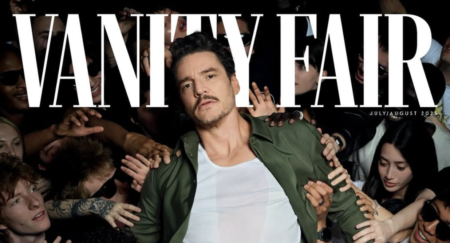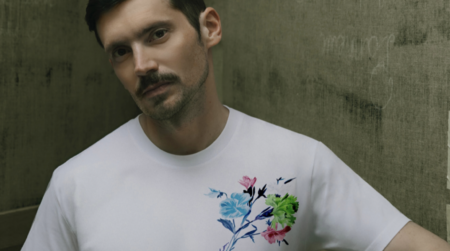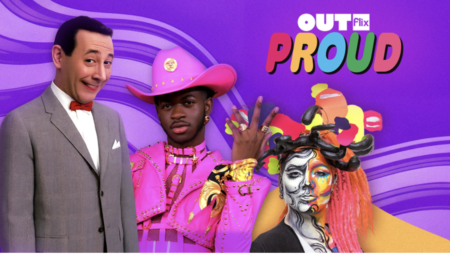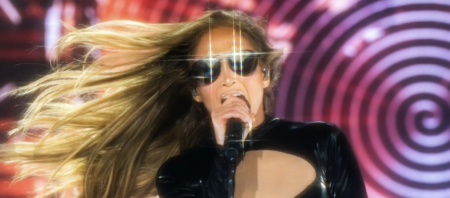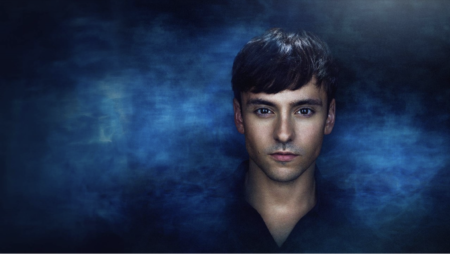The Museum of Sex in New York marked Armory Week with an exhibition titled Looking at Andy Looking, an intriguing exploration into the lesser-recognised aspects of the famed pop artist Andy Warhol’s oeuvre. Organised in collaboration with The Andy Warhol Museum in Pittsburgh, the exhibition offered visitors an unconventional glimpse into Warhol’s art, showcasing his experimental films and works that delve into identity, voyeurism, and the complexities of self-perception.
Bringing to light a side of Warhol often overshadowed by his celebrated celebrity portraits and screenprints, the exhibition featured sixteen films from 1963 and 1964, meticulously selected by Greg Pierce, the former director of film and video at The Warhol Museum. Among these were renowned pieces such as Sleep, featuring poet John Giorno, the enigmatic Blow Job, and the occasionally explicit Couch, alongside portrayals of Denis Deegan, Cliff Jarr, and Philip Fagan.
The choice of venue for this exhibition—the Museum of Sex rather than traditional art institutions like The Andy Warhol Museum or MoMA—raises intriguing questions about Warhol’s art that frequently embraced themes traditionally considered taboo. As Ariel Plotek, the Museum of Sex’s chief curator, noted, both Warhol and the museum share a commitment to challenging the dichotomy between ‘high’ and ‘low’ art, with Warhol’s enduring interest in the unconventional fitting seamlessly into this setting.
The alliance between The Andy Warhol Museum and the Museum of Sex originated from the latter’s initial interest in a more standard presentation of Warhol’s static art. However, fortuitously, the collaboration evolved to focus on Warhol’s dynamic film work, significantly enriched by the comprehensive digitisation project spearheaded by the two partnering museums since 2014, which aimed at offering broader access to his extensive archive of film footage from the mid-20th century.
For those primarily familiar with Warhol’s saffron-hued silkscreens, Looking at Andy Looking presented an opportunity to engage with a body of work that traversed the boundaries of art and personal documentation. Warhol’s films—often described as avant-garde home movies—are imbued with the innovative spirit of a visionary who, even as a self-proclaimed ‘great pretender,’ refused to mask his authentic self.
Pierce, who curated the exhibition, remarked on the freedom found in displaying these works at a venue like the Museum of Sex, contrasting it with the constraints previously encountered at The Andy Warhol Museum. He emphasised the importance of viewing Warhol as a provocateur rather than merely a titillator, noting that the artist’s genius lay in his fearless depiction of themes that others might deem unworthy of high art.
The political dimension of Warhol’s work, especially in a contemporary context marked by heightened scrutiny of LGBTQ+ rights, inevitably underpins the exhibition. Warhol’s unabashed portrayal of queerness and identity, while not explicitly political in a conscious manner, was nevertheless a powerful statement of authenticity and defiance, embedding itself in the experimental and boundary-pushing films on display.
Source: Noah Wire Services
















